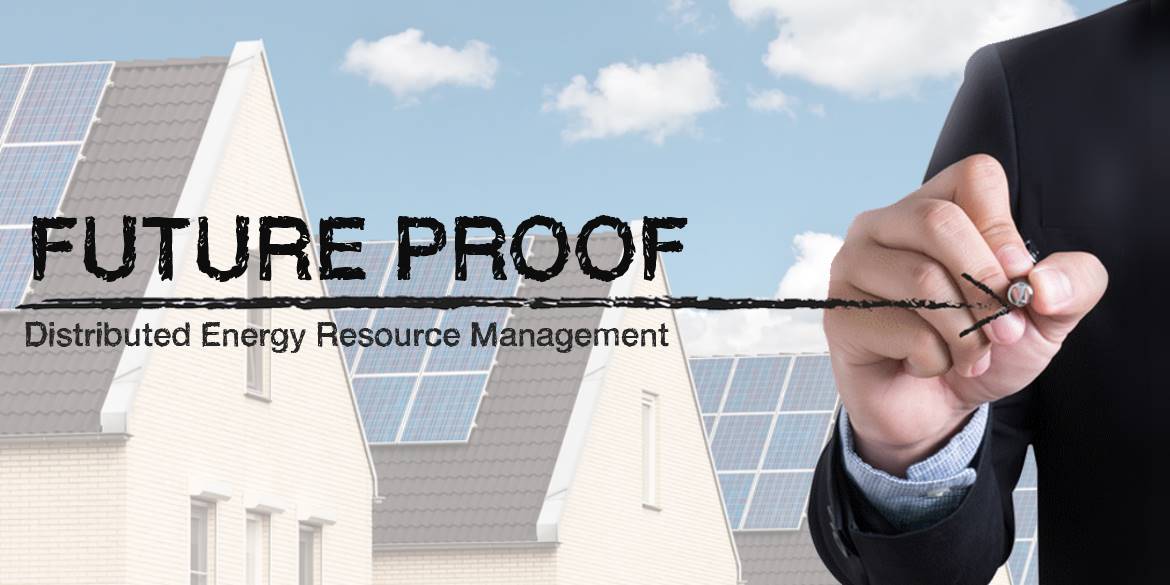Today, utilities are facing pressure from customers and regulatory agencies to approve DER (distributed energy resource) applications for interconnection quickly. However, utilities will need to track and manage interconnected DERs through their lifecycle, which can be 20 years or more.
Smart utilities are thinking ahead about how they will maintain DER project data and updates in the years after granting permission to operate (PTO), and implementing systems now that will meet future needs.
Changes beyond PTO
PTO is not the final step in DER interconnection management. Many important changes can occur to an interconnected system over the life of its interconnection agreement. These changes can impact the utility’s operations and grid safety.
One common scenario is when a utility customer sells their home, and with it, transfers ownership of an interconnected DER to a new individual. This change (often called a “move in/move out”) should trigger an update to the utility’s records. At the very least, it should trigger an update to the DER owner contact information.
Other DER changes can impact the utility grid and operations in a more significant way. System expansions, equipment changes or the addition of new technologies are just some examples of the technical changes to an interconnected DER. Moreover, decommissioning of every system happens at the end of its life. All equipment changes are important to track over the lifecycle of every DER, since they impact the utility’s knowledge of what is on the grid.
Forward-thinking utilities are keeping these lifecycle changes in mind when deciding how to administer their interconnection programs. To manage DERs intelligently, utilities need systems that store data in a useful way.
The pitfalls of keeping applications in cold storage
Saving application submissions as paper forms or .pdf files effectively traps the data they contain. When kept in this type of “cold storage,” an administrator must scan through old emails, click through pages in .pdfs or even hunt through files stored on paper to look up information.
This makes it difficult for administrators to provide reports measuring performance of their interconnected resources. When locked in cold storage, there often is no quick way to create an aggregate report or search for application data.
Tracking the DER lifecycle with a modern database
Utilities that are thinking about managing DERs throughout their entire lifecycle are implementing solutions that enable ongoing program performance tracking, and make it possible to modify DER system information over time.
At the beginning of the interconnection workflow, saving data in an online format starts the process off right. Web-based interfaces for customers and utility employees allow easy access and 100% transparency into the status of any interconnection application.
SaaS (Software as a Service) solutions with convenient, online user interfaces typically have a robust, modern database on their back end. Any data entered through the web portal can be saved automatically to the database, and immediately becomes reportable. Users can create summary reports to track program performance in minutes, and re-run a saved report in seconds. This enables utilities to track grid-interconnected systems in real time, and easily keep regulatory agencies informed.
It’s also easy to modify a modern database. Users that have the correct permissions can make changes to project data through the same interface where users submit, review and approve a DER interconnection application. Administrators or customers can make updates to the database by simply filling out web forms and clicking “submit.” Tracking of database changes happens in real time, even years after the project received PTO.
Supporting the DER lifecycle with PowerClerk
PowerClerk® combines a modern database with a flexible user interface to form a long-term solution for DER program management. From application submission through system decommission, PowerClerk’s flexible features enable utilities to manage all interconnected DERs on the grid through their entire lifecycle.
PowerClerk stores data entered by an administrator or customer in an easily accessible, reportable database. Any updates to project data automatically show up in reports. This keeps ongoing program performance tracking up to date automatically.
In PowerClerk, forms, workflow and other program design features are configurable by utility administrators. This allows utilities to customize what data they request, who they ask for the data, and when they ask for it. For example, an “Equipment Change” form could be available after PTO to capture any future system upgrades. PowerClerk’s flexibility also enables utilities to add additional forms and processes ad-hoc in production, as customer needs and regulations evolve over time.
Prepare now for a future of DERs
Utilities should be preparing now to handle DERs through their long lifecycles. Old, paper or .pdf based systems cannot support efficient and effective management. Customers, utilities and regulatory bodies should be updated with DER record updates in real time—whether that happens one year, or twenty years after a DER receives PTO.
Future-proof your DER interconnection process by implementing a modern, web-based business project management system like PowerClerk.
Learn five more reasons why now is the time to streamline interconnection:
